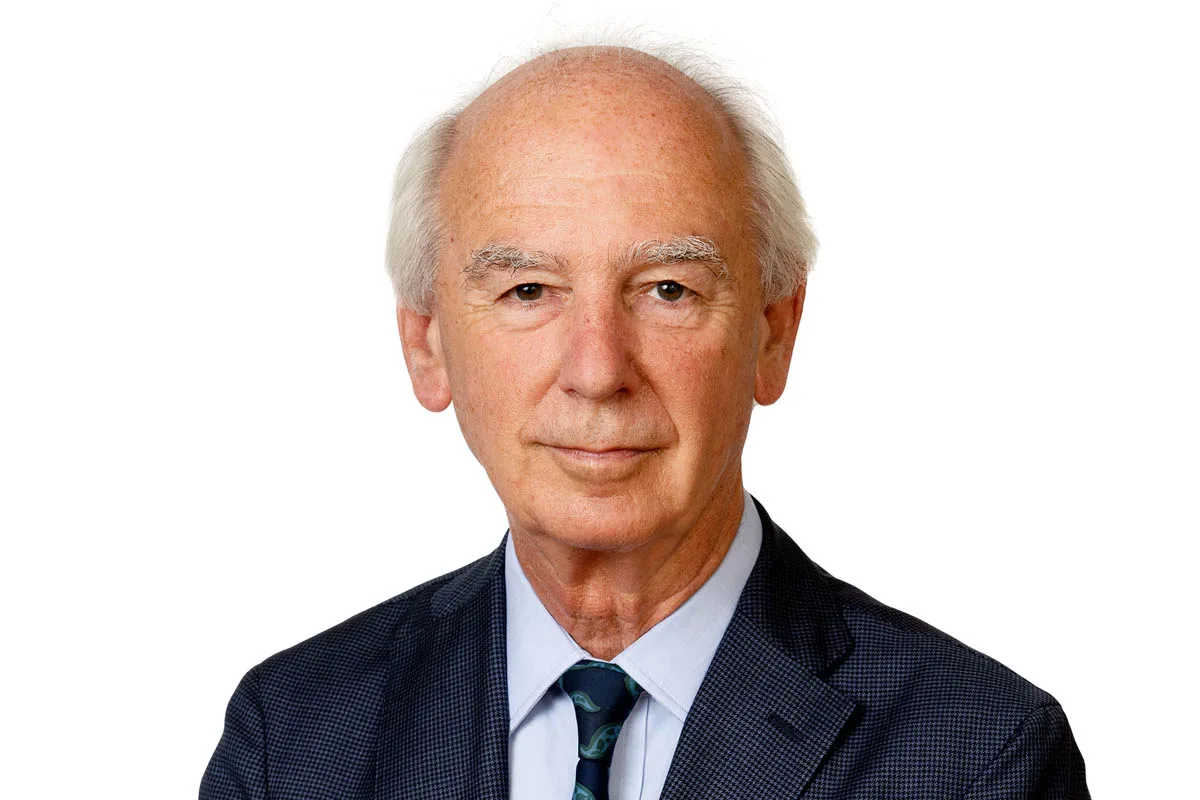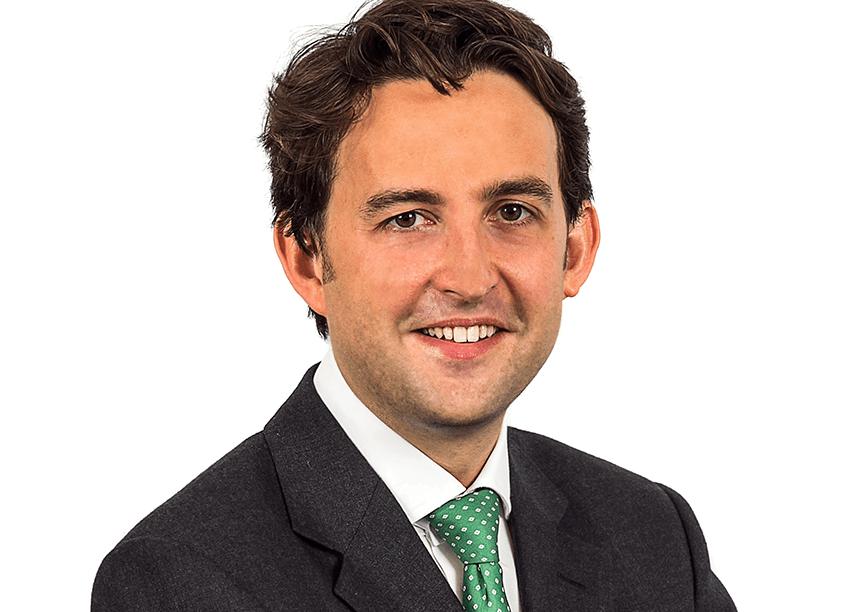In this important decision of the Court of Appeal concerning the doctrine of subrogation and the construction of professional indemnity policies, both sides were represented by counsel from 7 King’s Bench Walk. The dispute arose under a policy of professional liability insurance issued to Rathbone Brothers Plc (“Rathbone”), their subsidiaries and insured persons. Claims had been brought in Jersey by the beneficiaries of a family trust against a personal trustee employed by Rathbone’s Jersey subsidiary company. That company and Rathbone had contractually agreed to indemnify the personal trustee against liabilities he incurred whilst acting as a trustee. The principal interest of the case lies in the Court’s consideration of the doctrine of subrogation. At first instance, Burton J had held that the insurers would be entitled to sue Rathbone under the contractual indemnity upon making payment to the personal trustee. The Court of Appeal disagreed and unanimously allowed Rathbone’s appeal, but the judges differed as to the reasons why subrogation did not avail the insurers. The majority of the Court, Elias and Sharp LJJ, considered that there were two independent obstacles to the subrogated claim:
- Notwithstanding the express subrogation provision in the policy (“The insurers shall be subrogated to all insureds’ rights of recovery, contribution and indemnity before or after any payment under this policy”), and notwithstanding the dicta of Rix LJ in the well-known Tyco Fire case [2008] Lloyd’s Rep IR 617, they held that the insurance policy contained an implied term that insurers would not seek to be subrogated to the personal trustee’s rights under the contractual indemnity. The parties could not have intended subrogation to apply to that contractual right because that would seriously undermine the purpose of the policy and defeat the purpose for which Rathbone had paid the premium.
- Second, there was an implied term in the contractual indemnity to the effect that it was intended to provide supplemental protection only once the claim against the insurance company had been exhausted. The contractual indemnity was the secondary source of liability, by comparison with the insurance policy which was primary. Accordingly, payment out under the policy operated pro tanto to discharge Rathbone’s liability under the indemnity, and so even if a right of subrogation did arise it had no substance.
The third judge, Beatson LJ, agreed that route (b) was applicable, but disagreed as to route (a): in his view, it was not possible to imply a term into the policy excluding rights of subrogation against Rathbone. The Court of Appeal also:
- Dismissed the insurers’ appeal against Burton J’s finding that the personal trustee was an insured person. It held that the personal trustee was acting “on behalf of” the insured company, and that there did not need to be an agreement for the provision of his services between the insured company and the trust. Further, the personal trustee remained an insured person in the period of his consultancy arrangement, even though he was not at that time an employee of the subsidiary company at common law.
- Construed the policy’s excess clause, which provided that the insurance cover “applies excess over insurance and indemnification available from any other source”. Agreeing with the trial judge, the Court of Appeal held that these words did not allow insurers to refuse to pay until after the Rathbone contractual indemnity had been exhausted: the words “any other source” did not include an indemnity provided by a party who was a co-insured under the policy.
Dominic Kendrick QC and Benjamin Parker (instructed by Addleshaw Goddard LLP) represented the insureds, Rathbone Brothers Plc and the personal trustee. Peter MacDonald Eggers QC and Josephine Higgs (instructed by Reynolds Porter Chamberlain LLP) represented the excess insurers. A copy of the judgment may be accessed here.




